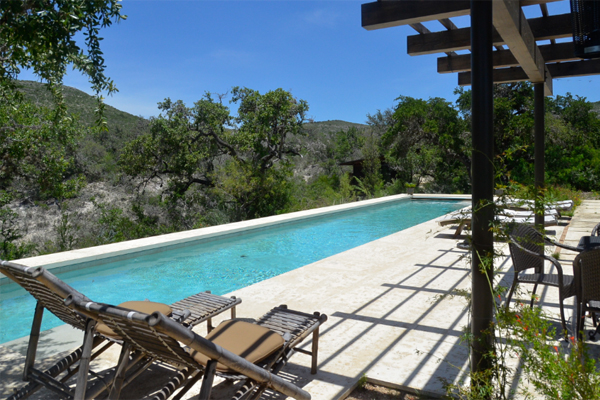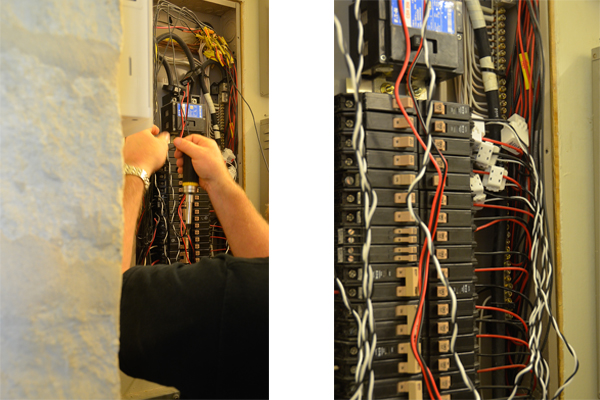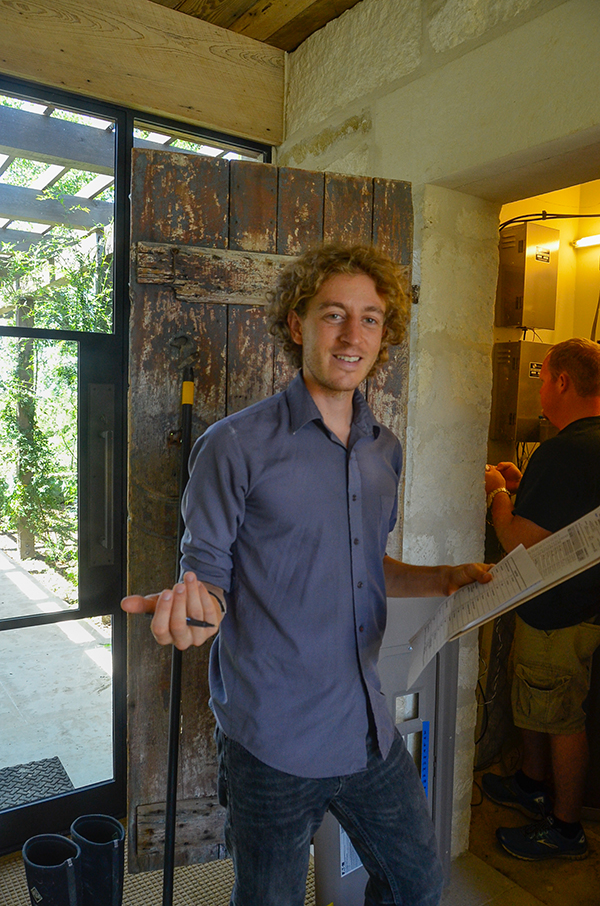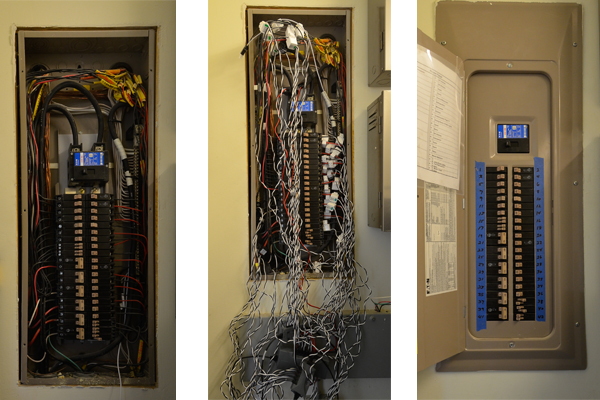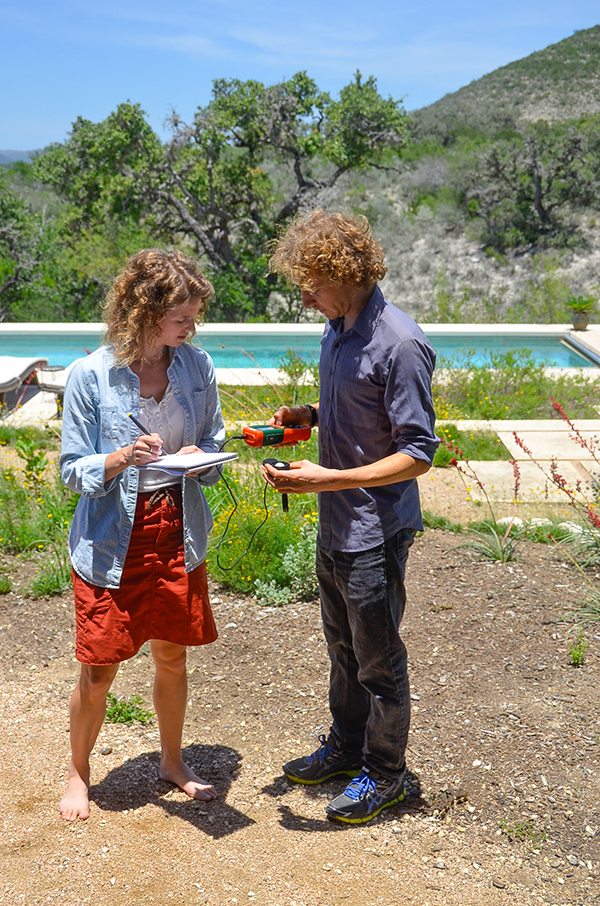THE DOGRUN
a place to share ideas
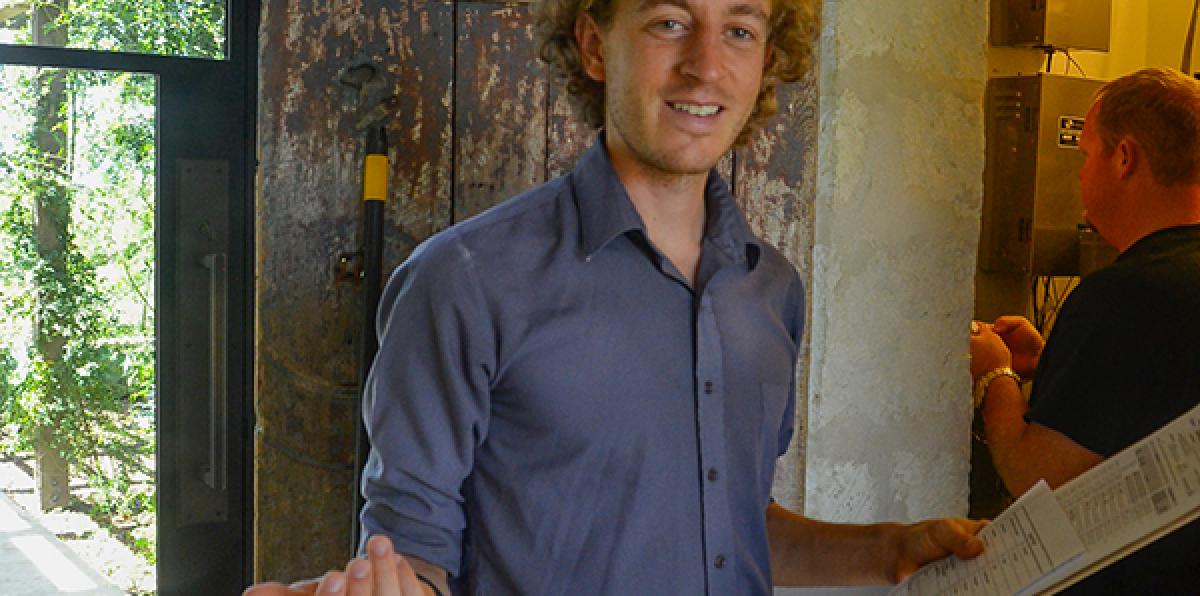

The ultimate test - actual energy use
Posted by coreysquire on 7/11/14 at 1:45 pm
One of the biggest challenges in architectural design today is to predict energy consumption in the final project.
From a design perspective, Lake Flato strives to create projects that are as energy efficient as possible with the greatest amount of attention being given to orientation, sun shading, insulation, thermal breaks, performance glazing, energy efficient lighting, and efficient HVAC systems. We have also created a Lifestyle Survey that is completed by each owner to answer specific questions on preferred temperature settings on a seasonal basis, how many appliances and electronics are anticipated, how often the house will be occupied, and any unusual conditions that may affect energy use. Using energy modeling software, we test the project and use this information to tweak or explore the impact of energy saving strategies.
In order to verify and improve the accuracy of the theoretical computer software, the ultimate test is to evaluate how the project performs after the owners move in and begin using the house.
This is the question we hoped to answer when we headed out to the Uvlade Ranch to install an eMonitor, a device that can monitor energy use from independent electric circuits and transmit the data over the internet in real time. The owners of a recently completed LF project, generously allowed us to use their house as a test case for this new system that we plan on include on all of our future projects.
The day was beautiful for our two hour drive to Uvalde TX and we were greeted with a lush landscape that that had bloomed from a few recent days of rain. After touring the house and chatting with the homeowners about roller shades and puppies we got to work installing the monitor.
The eMonitor has two components, a series of current transformers (CTs) that snap around each circuit in the electrical panel and a transmitter that communicates wirelessly to the panel and transmits the data over the internet. We brought along an electrician to do in installation of the CTs and one by one, we verified what was being powered by each circuit and clipped a CT.
I had recently treated myself to new clipboard from the sustainability budget and was excited to put it to use keeping track of each circuit during the installation.
Look how easy the installation is!
From Left to Right: Electrical panel before the installation, the clips attached to individual circuits, the fully installed system after the wires were neatly tied back and the cover plate was put back on.
After the hardware installation was completed and the spaghetti cables of the eMonitor were safely closed up inside the panel, it was time for the software installation. It took an hour or so to enter each circuit into the program and then just minutes after going live, we started saving energy! We noticed that the floor heater in the master bath was on and running continuously at around 700W. Unlikely to be useful on an afternoon in mid-July, we shut off the heater and the energy savings were instantly recorded on the user interface.
The eMonitor is important for us to better understand the energy use patterns of the buildings we design, but the real benefit goes to the client. Just a few minutes of turning off lights and playing with appliances, it was easy to see how the eMonitor will help the owners, and the rest of our clients, make more informed decisions about energy use and save significantly on their utility bills. Research has shown that just by knowing how energy is being used, people tend to use less energy – 10 to 20% depending on the study.
After one week of monitoring we started to get some more insight to the energy breakdown of the house. Even though we’re monitoring 44 distinct circuits, most of the energy, 88%, is used by just 4 circuits, and a shocking 40% of the total energy goes towards the pool pumps. By focusing on these major areas of energy use, adjusting indoor temperatures and experimenting with the hours the pool filtration system is on, there is the potential for major energy savings.
Just as the owners get feedback from the eMonitor to help them make informed decisions about energy usage, we will begin to get feedback from our entire design portfolio to help inform our design decisions. As we install more monitoring systems in more of our houses, our knowledge base will continue to grow and help us continue to design more energy efficient projects.
Added Bonus of all Post-occupancy trips – playing with gadgets!!

